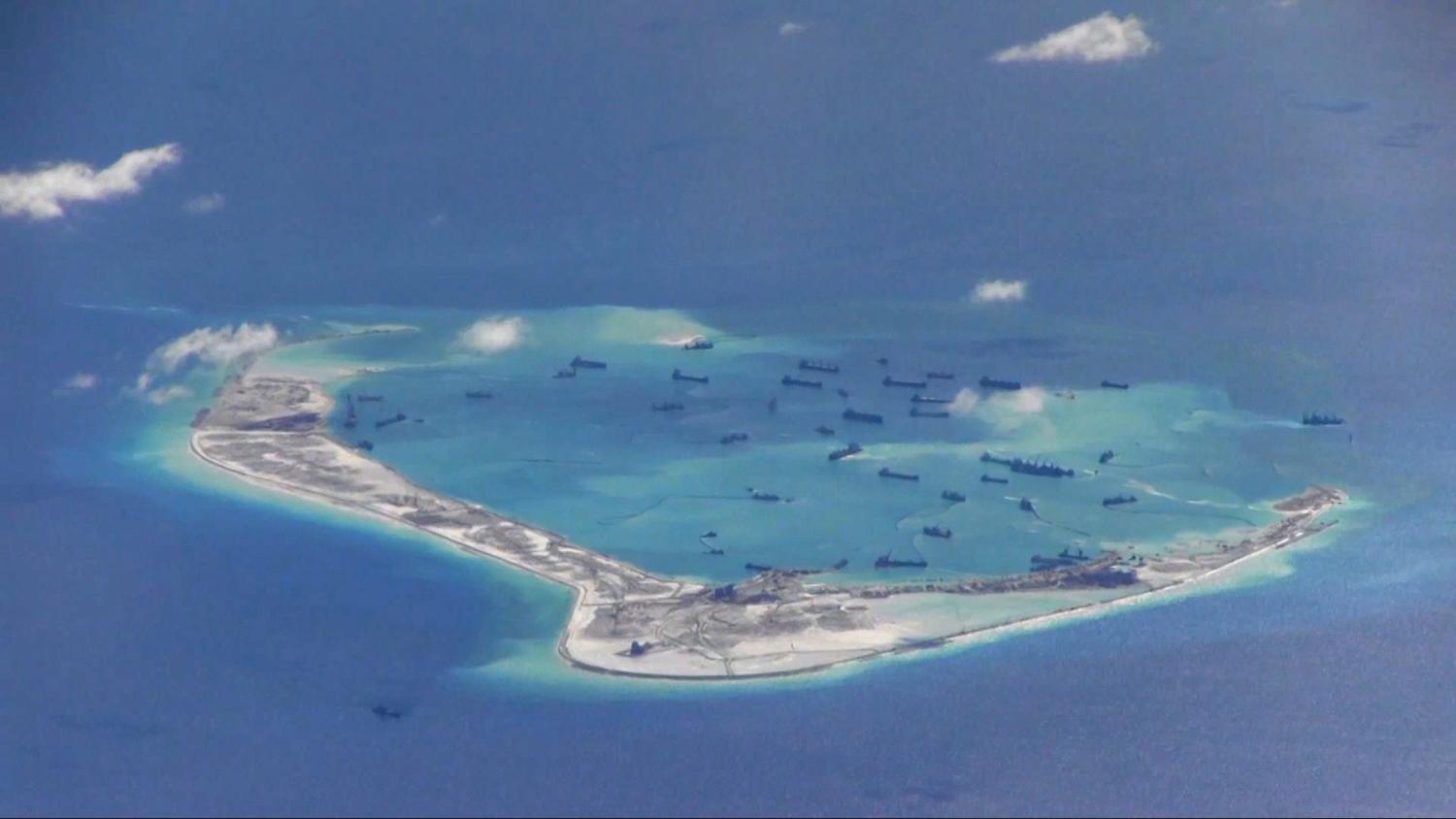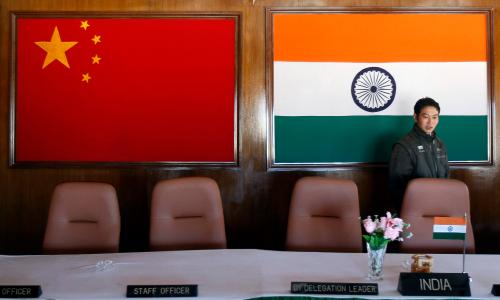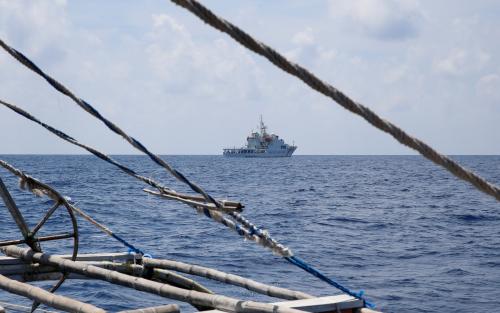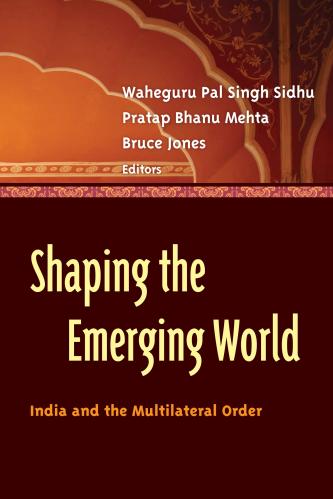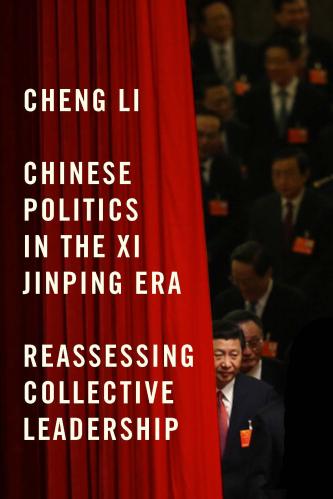Introduction
The law of the sea is one of the structural pillars of the international order. The complex rules and norms that govern freedom of navigation and maritime economic activity have played a crucial role in maintaining the global commons free from policies of enclosure, coercion, and expropriation.1
This international legal regime is under threat. A growing number of rising powers, many of whom harbor historical grievances, have chosen to openly contest, selectively reinterpret, or discreetly subvert key principles of the maritime order.2 Nowhere is this more evident than in Asia, where the People’s Republic of China (PRC) has adopted an increasingly assertive territorial policy in the South and East China Seas, while pursuing a sophisticated form of “lawfare” that seeks to reshape the international consensus on freedom of navigation and overflight.3 Asia’s other great rising power, India, shares some of China’s more controversial positions with regard to the United Nations Convention on the Law of the Sea (UNCLOS). For example, both India and China demand greater control and oversight over foreign military activities in their exclusive economic zones (EEZ).4 Both nations have also enacted domestic legislation that enters into direct conflict with certain rights and regulations guaranteed under UNCLOS. The U.S. Department of Defense’s (DOD) most recent report on freedom of navigation stipulates that the U.S. Navy routinely conduct freedom of navigation operations against numerous countries, including India and China.5 Similarly, for many years, India—much like its trans-Himalayan neighbor—was reluctant to submit its maritime territorial disputes to international arbitration, preferring to negotiate with its smaller neighbors on a bilateral basis, where the stark asymmetry in national power and state capacity would presumably work to its advantage. More broadly speaking, Asian nations have long manifested an extreme wariness at the prospect of delegating any form of sovereignty. Indeed, as one legal scholar has noted:
It is a paradox of the current international order that Asia—the most populous and economically dynamic region on the planet—arguably benefits most from the security and economic dividends provided by international law and institutions and, yet, is the wariest about embracing those rules and structures.6
Over the past few years, however, a number of signs have pointed to an important shift in India’s posture, and of a clear normative divergence between Asia’s two emerging great powers. In July 2014, India accepted a U.N.-rendered verdict on a long-standing, and occasionally fraught, maritime boundary dispute with Bangladesh. New Delhi abided by this judgment even though it proved to be in Dhaka’s favor, more than tripling the size of Bangladesh’s EEZ in the Bay of Bengal. At the same time, India’s political leadership has placed a new emphasis on freedom of navigation, frequently alluding to the importance of the issue in its diplomatic statements and public declarations, while obliquely chastising China for its “eighteenth century expansionist” behavior, and “territorialization” of the Asian maritime commons.7
Meanwhile, China’s attitude toward international arbitration, maritime disputes, and freedom of navigation and overflight in its near seas has become more, rather than less conflictual. Manila’s recent attempts to internationalize its maritime territorial dispute via the Permanent Court of Arbitration (PCA) at The Hague, have only heightened Chinese hostility toward an international legal regime which, one could argue, has long served its more global interests. Beijing’s public reaction to the most recent ruling in favor of Manila—vituperative, jingoistic, and laden with conspiracies—has startled foreign observers and troubled its neighbors.8 Even more than its tone, it is the substance of China’s discourse that is cause for alarm. Chinese officials’ growing tendency to privilege self-defined “historic rights” over inter- national law, when fused with rhetoric centered on China’s civilizational exceptionalism, raises difficult questions over the nature of Beijing’s rapport with the existing international order. Last but not least, the stationing of military assets and hardened infra- structure on some of China’s most recently redeveloped land features is in clear violation of President Xi Jinping’s pledge to not engage in further militarization of the South China Sea.9
What explains this growing normative divergence between Asia’s two rising powers? What are the domestic, ideational, and strategic drivers behind such differing conceptions of the maritime order? Finally, what does this portend for the future of crisis stability in Asia, and, more broadly, for the future of the global commons?
Drawing on a close study of the relevant strategic and legal literature, this paper will engage in a comparative analysis of both India and China’s attitudes toward the law of the sea—and toward freedom of navigation and maritime disputes in particular. It will proceed in two parts. In the first section, I will outline certain similarities in both countries’ interpretations of the law of the sea, particularly as they pertain to foreign activities in the EEZ and “contiguous zones,” but also when it comes to the extension of domestic legislation to extraterritorial waters. In the following section, the paper will chart the growing divergences—both normative and behavioral—between both nations with regard to issues such as freedom of navigation, and the settlement of maritime territorial disputes. The paper will conclude by analyzing some of the potential ramifications of these developments for the future of the global order.
-
Footnotes
- For a seminal discussion of the importance of the global commons for U.S. leadership and global stability, see: Barry R. Posen, “Command of the Commons: The Military Foundations of U.S. Hegemony,” International Security 28, no. 1 (2003): 5-46.
- James Kraska, “Sovereignty at Sea,” Survival 51, no. 3 (2009): 13-18.
- U.S. Air Force officer and legal expert Charles Dunlap has succinctly defined lawfare as “the strategy of using—or misusing—law as a substitute for traditional military means to achieve an operational objective.” See: Major General Charles Dunlap Jr., “Lawfare—A Decisive Element of 21st Century Conflicts?” Joint Forces Quarterly 54 (2009): 34-39.
- See Zhang Haiwen and Vijay Sakhuja, “Security in the Maritime Commons,” in Ashley Tellis and Sean Mirski (Eds.), Crux of Asia: China, India, and the Emerging Global Order (Washington, DC: Carnegie Endowment for International Peace, 2013): 145-165.
- U.S. Department of Defense (DOD), Freedom of Navigation (FON) Report for Fiscal Year 2016 (Arlington, Virginia: U.S. Department of Defense, 2017), available at http://policy.defense.gov/Portals/11/FY16%20DO D%20FON%20Report.pdf?ver=2017-03-03-141349-943.
- Simon Chesterman, “Asia’s Ambivalence about International Law and Institutions: Past, Present, and Futures,” The European Journal of International Law 27, no. 4 (2017): 945-978. Chesterman notes, for in- stance, that Asian countries have the lowest rate of acceptance of the compulsory jurisdiction of the International Court of Justice (ICJ) and of membership of the International Criminal Court (ICC). They are also the least likely to have signed conventions such the International Covenant on Civil and Political Rights (ICCPR).
- Victor Mallet and Jonathan Soble, “India’s Narendra Modi Embraces Japan as He Chides China,” Financial Times (September 02, 2014), available at http://www. ft.com/cms/s/0/61256b7e-3263-11e4-a5a2-00144fe-abdc0.html#axzz4IZK9ZdUe. “South China Sea: Modi Calls for Utmost Respect of International Laws, Says Force Can Complicate the Issue,” See also: Press Trust of India, September 08, 2016, available at http://www.dnaindia.com/india/report-south-china-sea-modi-calls-for-utmost-respect-of-international-laws-says-force-can-complicate-the-issue-2253202.
- “China’s Defiance in the South China Sea,” The New York Times, August 13, 2016, available at http://www.nytimes.com/2016/08/14/opinion/sunday/chinas-defiance-in-the-south-china-sea.html?r=0. Chinese analysts increasingly view the U.S. defense of freedom of navigation in the South and East China Seas as being part of a broader “emerging (ideological) battlefield,” in Southeast Asia. See: Adam P. Liff, “China and the US Alliance System,” The China Quarterly 229 (March 2017): 1-29.
- For President Xi Jinping’s public pledge not to militarize man-made features in the South China Sea, see: Remarks by President Obama and President Xi of the People’s Republic of China in Joint Press Conference (Washington, DC: White House Office of the Press Secretary, September 25, 2015), available at https://www.whitehouse.gov/the-press-office/2015/09/25/ remarks-president-obama-and-president-xi-peoples-republic-china-joint

